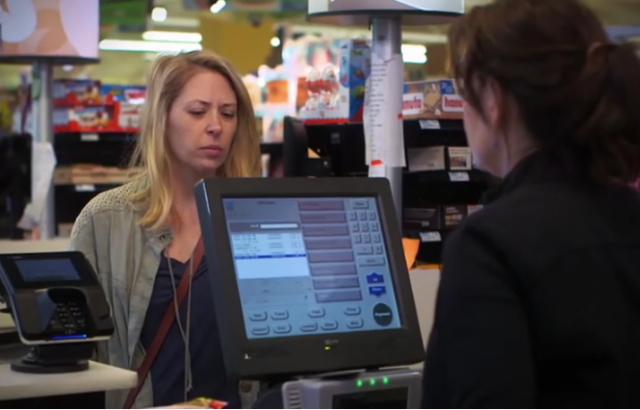California use of loopholes allows 800,000 people to avoid food stamp work requirements

There is a fascinating new analysis showing that despite the American unemployment rate at historically low levels, there has not been a significant drop in food stamp use.
But while the economy has improved dramatically, food-stamp enrollment has not, declining just 17 percent while the unemployment rate fell three times faster — 62 percent.Why the disconnect? Critics say states are milking the Supplemental Nutrition Assistance Program (SNAP), overstating their needs, while the Trump administration is approving state “work waivers” it doesn’t have to.“We have almost seven million open jobs across America,” said Foundation for Government Accountability executive director Kristina Rasmussen. “Employers are struggling to find workers. Yet we have people sitting on sidelines in part, because they can — on food stamps.”
California, the capital of the #Resistance, has taken advantage of the waivers...big league.
Despite 10-year-low unemployment, California took advantage of loopholes in federal regulation to keep more than 800,000 federal welfare recipients from having to work.This conclusion is based on the response of the U.S. Department of Agriculture to an application to waive SNAP’s work requirements for 55 of California’s 58 counties, issued to the state in July and recently obtained by the Washington Free Beacon.California’s waiver, which will last until August of 2019, exempts more than 800,000 able-bodied, childless Californians from having to work while on SNAP. This in spite of the fact that California’s unemployment rate—4.2 percent—is at its lowest level in at least 10 years.
The Washington Free Beacon crunched the numbers, and looked st the loopholes that relate to able-bodied adults without dependents, deemed “ABAWDs”. These individuals are required under law to work at least 20 hours a week, or spend equivalent time in education and training programs, in order to continue receiving SNAP benefits.
…California responded [to specific requirements] in three ways to maximize its likelihood of getting a waiver. First, it sought a waiver for a 55-county contiguous area that maximized the average unemployment rate in that area. Second, it selected a period of time—April 2015 to March 2017—in which the unemployment rate in that area was exactly 20 percent higher than the national unemployment rate. And third, it carefully filed its waiver application in September of 2017, which meant that it was allowed to use data from 2015.This meant that the 55 counties had a cumulative unemployment rate of 5.9 percent for the two-year period, compared with a 4.95 percent rate for the same period nationwide. This, USDA concluded, was enough to garner a work waiver.This delicate balance shows how California massaged statistics to produce a high unemployment rate amid huge prosperity.
If our bureaucrats could use this level of ingenuity in protecting our borders, assisting our businesses, maintaining our infrastructure, and keeping our streets clean, California would be the Golden State again.
Perhaps it is time for President Trump to step in and speed up the passage of his proposed program to replace a portion of SNAP benefits with food, which could then replace some of the California SNAP benefits with food, such as government cheese and turnips. It appears that the Congress is set to take up the proposal in September, as part of a Farm bill.
Senate Majority Leader Mitch McConnell (R-Ky.) has said he experts to see a conference report on the farm bill in early September. The current farm bill expires Sept. 30….While Trump has not gone so far as to threaten a veto against the bill, he has convened congressional leaders to express his strong support for SNAP changes. And he previously tweeted, upon the passage of the House farm bill, that he was “so happy to see work requirements included.”
CLICK HERE FOR FULL VERSION OF THIS STORY